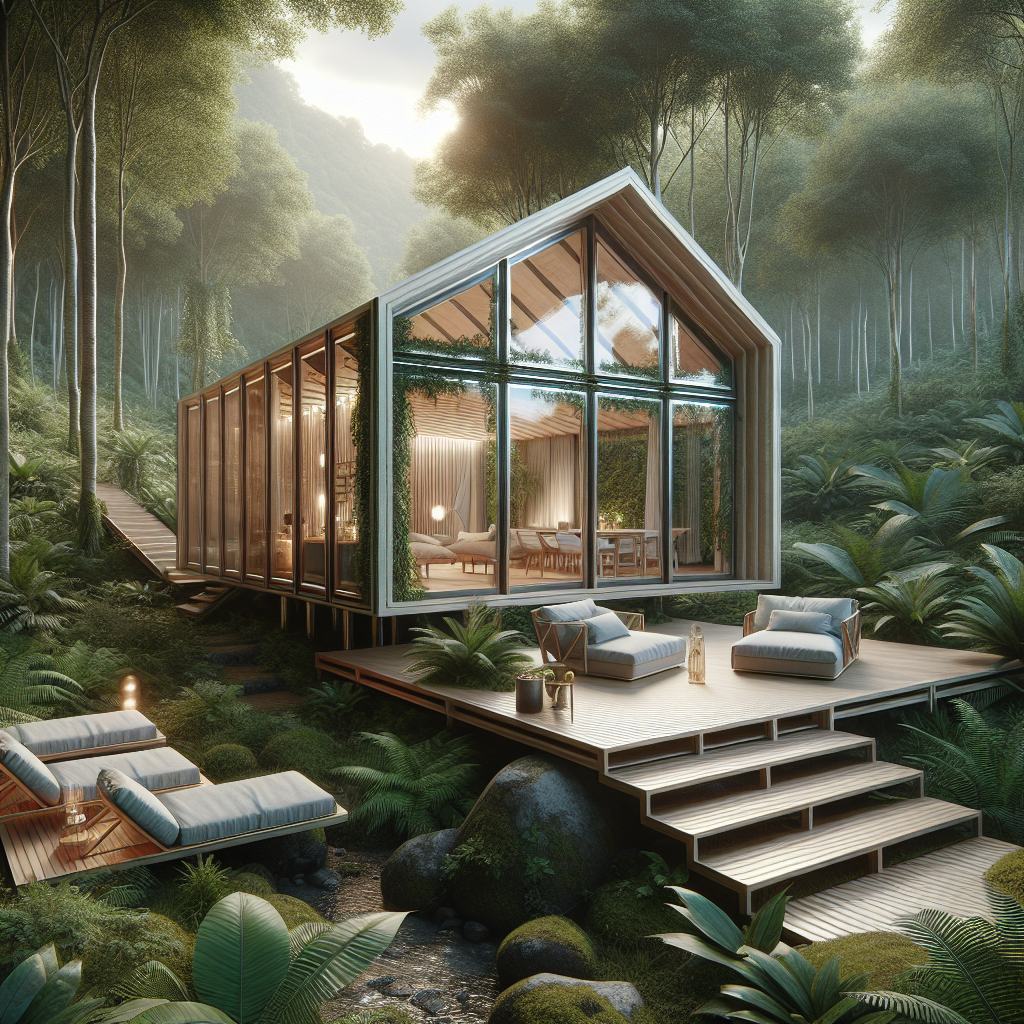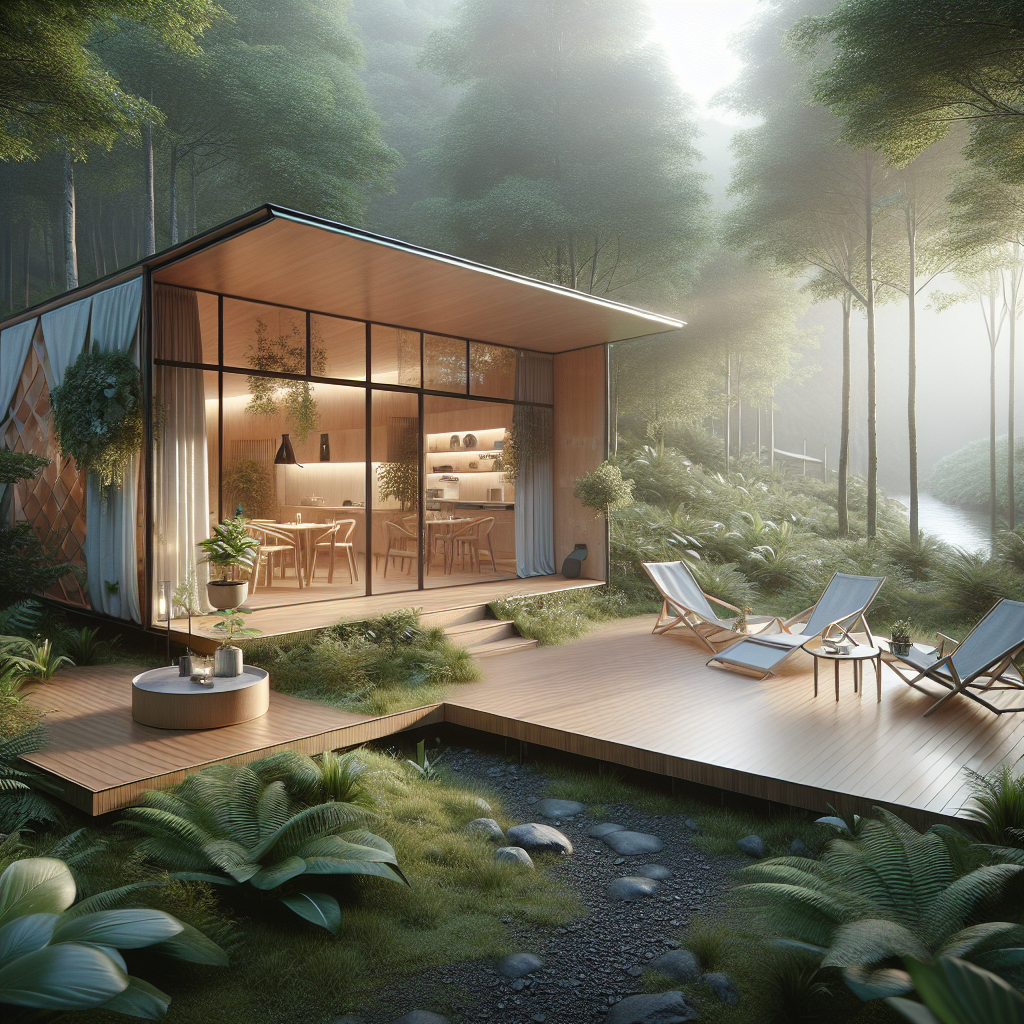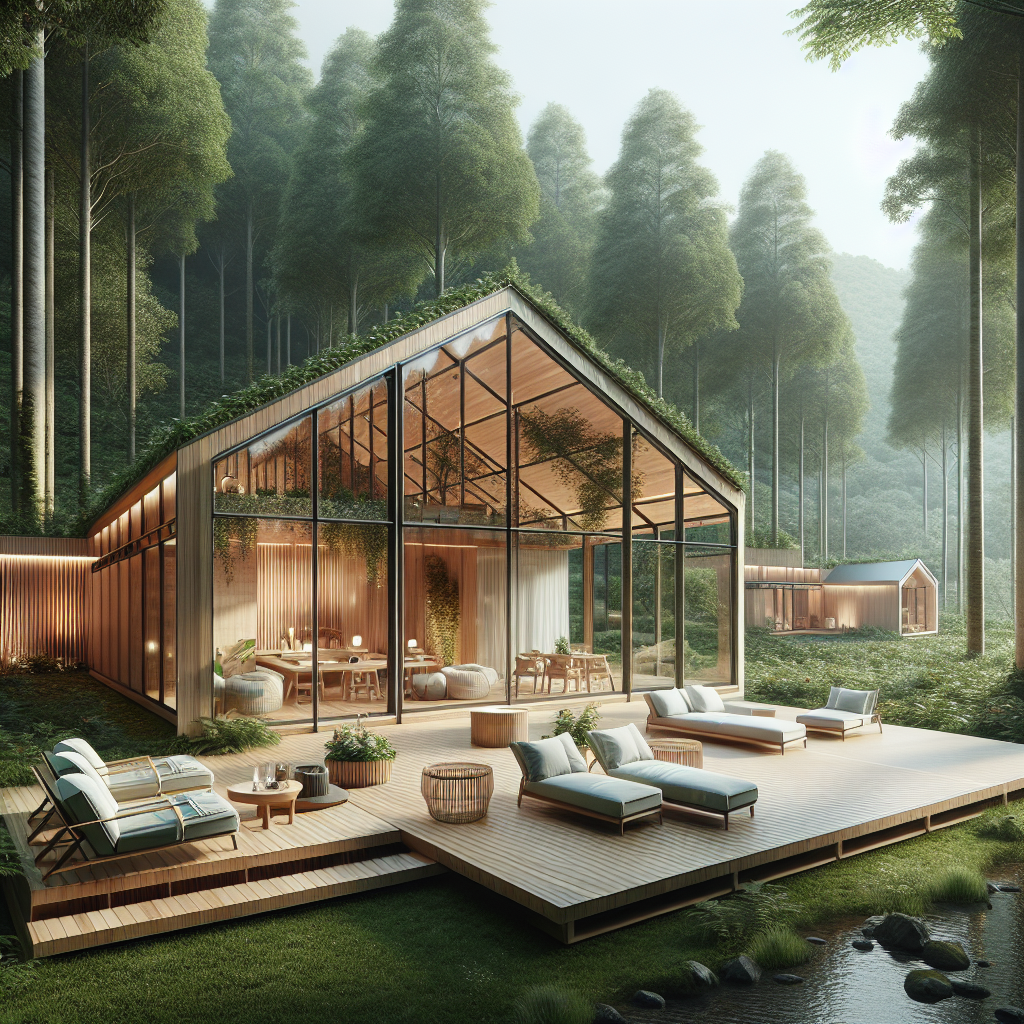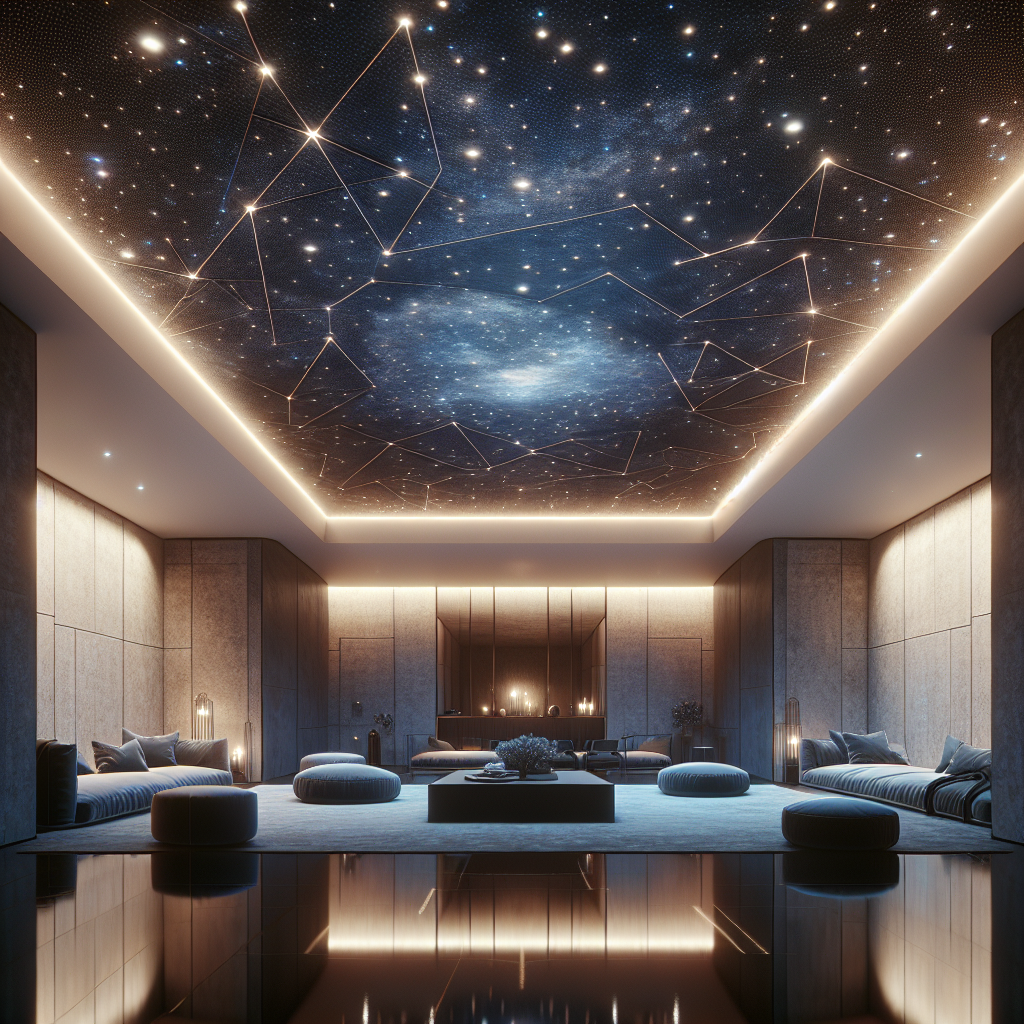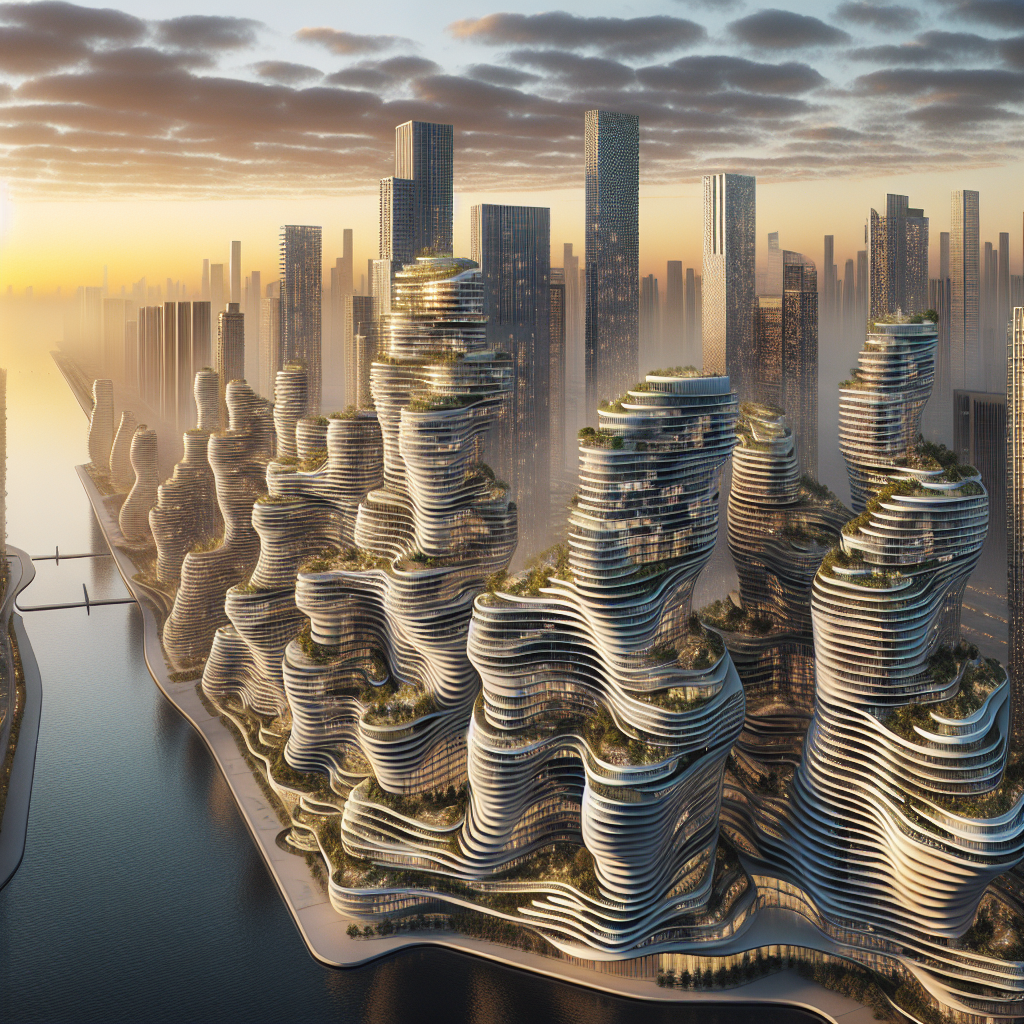Nomad’s delight portable: glamping huts with foldable decks
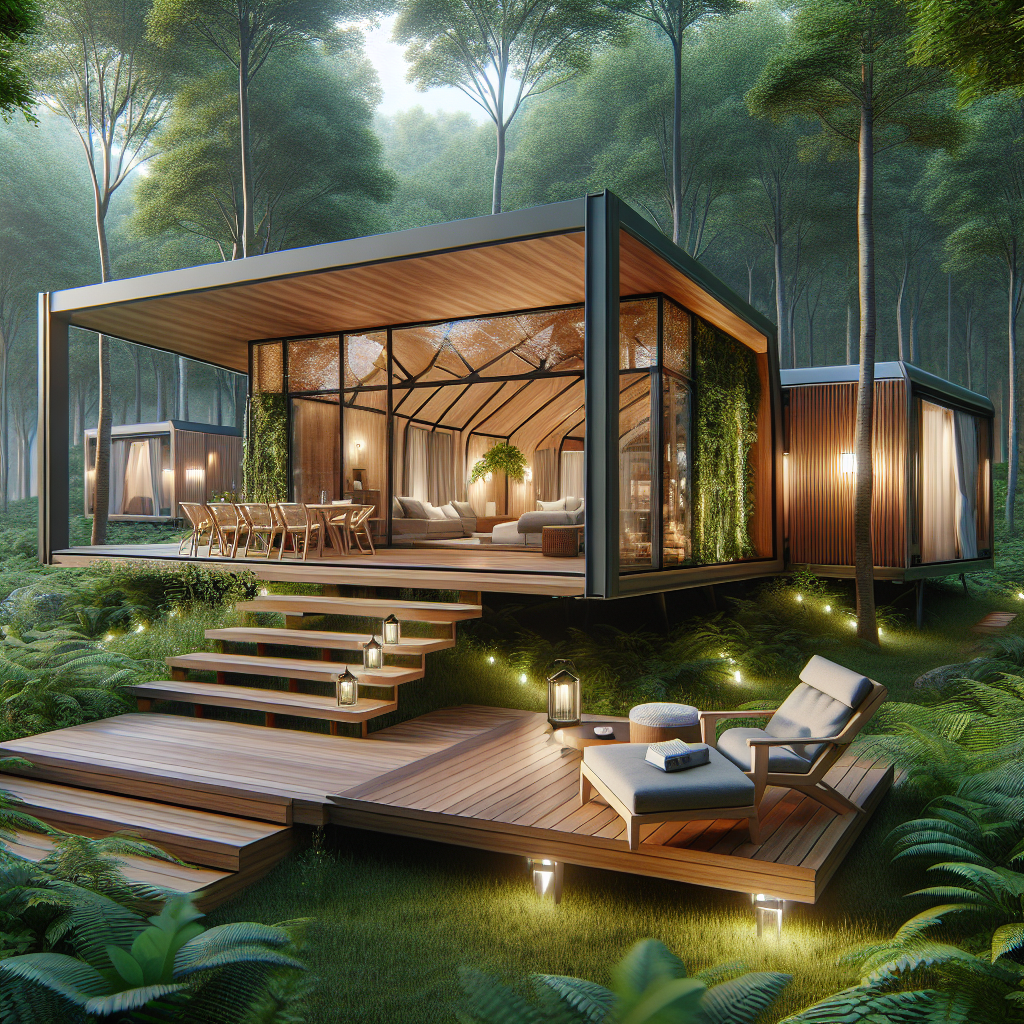
Nomad’s Delight Portable: Glamping Huts with Foldable Decks
In an era where mobility, sustainability, and luxury intersect, architecture and design professionals are redefining the very essence of outdoor living. The rise of glamping—glamorous camping—has inspired a new wave of portable architecture, where nomadic aesthetics blend seamlessly with contemporary comfort. At the forefront of this movement are glamping huts with foldable decks, offering design enthusiasts and adventurous spirits alike an innovative way to experience nature without sacrificing sophistication.
The Rise of Portable Luxury
Today’s discerning travelers seek more than mere accommodation; they crave experiences that harmonize with their environment while maintaining the comforts of modern living. This desire has propelled the evolution of portable luxury architecture, where structures are not only mobile but thoughtfully designed to blend seamlessly into their surroundings. Among the latest innovations, glamping huts with foldable decks stand out, offering both aesthetic elegance and practical versatility.
These structures encapsulate the spirit of nomadic luxury, allowing users to immerse themselves in remote landscapes without compromising on style or comfort. Their foldable decks, a key feature, extend living spaces outward, creating an immediate connection with nature. When not in use, these decks retract effortlessly, facilitating easy transportation and minimal environmental impact.
Architectural Ingenuity: The Foldable Deck Concept
The ingenuity behind foldable decks lies in their ability to transform spatial dynamics instantly. Designers employ advanced engineering techniques, including lightweight materials, precision hinges, and modular components, to ensure seamless operation. For instance, many decks are crafted from sustainably sourced timber or composite materials, combining durability with ecological responsibility. These materials not only withstand diverse weather conditions but also complement the natural aesthetics of the environment.
One notable example is the innovative design by Danish architecture firm Vipp, whose portable cabins feature expansive foldable decks that double the living area. The decks unfold gracefully, supported by discreetly integrated hydraulic systems, creating an elegant outdoor terrace. Such designs exemplify how functionality and beauty can coexist, enhancing the user’s experience through thoughtful architectural solutions.
Blending Sustainability with Sophistication
In alignment with global sustainability trends, glamping huts with foldable decks often prioritize eco-friendly design principles. Utilizing renewable energy sources, rainwater harvesting systems, and biodegradable materials, these structures exemplify a commitment to environmental stewardship. This approach resonates with the broader architectural movement toward biodegradable architecture, where the lifecycle of materials is carefully considered to minimize ecological footprints.
Moreover, biophilic design elements are frequently integrated into these portable structures, fostering a deeper connection between occupants and their natural surroundings. Research has consistently shown that biophilic design positively impacts human health and well-being, reducing stress and enhancing overall satisfaction. Incorporating features such as panoramic windows, natural ventilation, and organic textures, these huts not only provide physical comfort but also emotional rejuvenation.
Case Study: The Lumipod by Lumicene
A striking example of portable luxury architecture is the Lumipod by French company Lumicene. This circular glamping hut, measuring just 18 square meters, embodies minimalist elegance. Its standout feature—a curved, foldable deck—seamlessly integrates indoor and outdoor spaces. The deck, crafted from sustainable wood, unfolds to reveal a spacious terrace, perfect for lounging and enjoying panoramic views.
Inside, the Lumipod’s interiors showcase meticulous attention to detail, with bespoke furnishings, ambient lighting, and a sophisticated color palette inspired by nature. The hut’s modular design ensures rapid assembly and disassembly, making it ideal for remote locations. Its innovative approach aligns with the broader trend of modular design solutions, which offer flexibility and adaptability in an ever-changing world.
Technological Integration and Future Prospects
As technology continues to advance, glamping huts with foldable decks are poised to incorporate even more sophisticated features. Smart home systems, solar-powered amenities, and augmented reality interfaces are already beginning to appear in portable architecture. These technological enhancements not only elevate user experience but also promote energy efficiency and sustainability.
For instance, integrating smart home technology allows occupants to control lighting, temperature, and security remotely, optimizing comfort and convenience. Additionally, solar panels integrated into foldable decks can harness renewable energy, powering the hut’s electrical systems sustainably. Such innovations reflect a broader industry shift toward environmentally conscious and technologically advanced design solutions.
Historical Inspirations and Cultural Context
The concept of portable architecture is not entirely new; historically, nomadic cultures have long embraced structures designed for mobility and adaptability. From Mongolian yurts to Bedouin tents, traditional portable dwellings have informed contemporary designs, blending historical insights with modern innovations. Architects today draw inspiration from these ancient practices, recognizing their enduring relevance in addressing contemporary challenges.
Exploring the historical roots of portable architecture, such as the yurt, reveals timeless principles of simplicity, functionality, and harmony with nature. By reinterpreting these principles through modern materials and technologies, designers create glamping huts that honor cultural heritage while meeting contemporary expectations for luxury and sustainability.
The Market Demand and Industry Growth
The market for glamping accommodations has experienced exponential growth in recent years, driven by increased consumer demand for unique, immersive travel experiences. According to industry forecasts, the global glamping market is projected to reach $5.94 billion by 2030, reflecting a compound annual growth rate of 10.9%. This robust growth underscores the significant opportunities for architects and designers specializing in portable luxury structures.
Furthermore, the rise of remote work and digital nomadism has amplified interest in portable living solutions. Professionals seeking flexibility and mobility increasingly gravitate toward accommodations that blend productivity with leisure. Glamping huts with foldable decks cater precisely to this demographic, offering adaptable spaces conducive to both work and relaxation.
Conclusion: A New Paradigm in Portable Architecture
Glamping huts with foldable decks represent a compelling convergence of luxury, sustainability, and mobility. By thoughtfully integrating architectural innovation, eco-conscious design, and technological advancements, these structures redefine the possibilities of portable living. As architects and designers continue to explore and refine this concept, the future promises even more sophisticated and immersive experiences for those seeking to harmonize comfort with adventure.
Ultimately, these portable glamping huts symbolize a broader shift in architectural thinking—one that embraces flexibility, environmental responsibility, and human-centric design. For design enthusiasts and industry professionals alike, this evolving trend offers exciting opportunities to reimagine the relationship between built environments and the natural world.
As we look ahead, the continued evolution of portable luxury architecture promises to inspire, captivate, and transform the way we experience the great outdoors.
